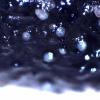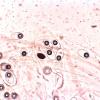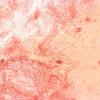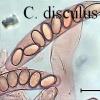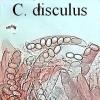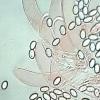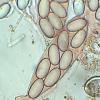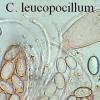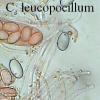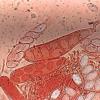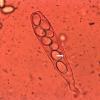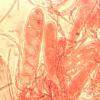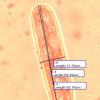
17-12-2025 18:35
 Michel Hairaud
Michel Hairaud
Bonjour à tous/Hi to everyone I am passing along

15-12-2025 15:48
 Danny Newman
Danny Newman
Melanospora cf. lagenaria on old, rotting, fallen

15-12-2025 15:54
 Johan Boonefaes
Johan Boonefaes
Unknown anamorph found on the ground in coastal sa

15-12-2025 21:11
 Hardware Tony
Hardware Tony
Small clavate hairs, negative croziers and IKI bb

15-12-2025 07:09
 Danny Newman
Danny Newman
indet. Rutstroemiaceae sp. on unk. fallen leavesMc

15-12-2025 07:05
 Danny Newman
Danny Newman
Pseudosclerococcum golindoi (det: Zotto)near Cosb

15-12-2025 11:49
 Danny Newman
Danny Newman
ITS sequences from the following two collections B

15-12-2025 12:34
 Danny Newman
Danny Newman
indet. Rhytismataceae on oak leafnear Purchase Roa
This keyed out to Coprotus disculus.
Is this a possiblity?
Thanks
Mal

IL is sometimes difficult to separate certain species of Coprotus. C.disculus generally has more cylindrical asci, but it can also have more clavé asci and spores biseriate as part of your photo. It often takes several copies observe to get a better idea. If you happen to watch the top paraphyses you may be also notice if they are slightly uncinate.
Michel.
Thanks for your thoughts. With a bit more study I have found some more cylindrical asci but most are much more clavate. The more mature asci are also longer with 95µ being the norm.
Some of the paraphyses are straight and some slightly bent but I don't think I would call them uncinate.
The spores are still slightly small for C leucopocillum at 13.5-13.7 but I think that is the most likely identification.
Mal
Ps the final photo should the length of the ascus be measured to the septa where the base starts or to include the base?

Michel.
Thanks Michel.
Mal

